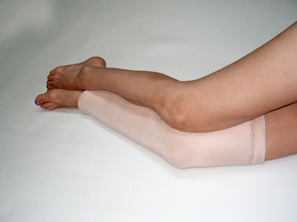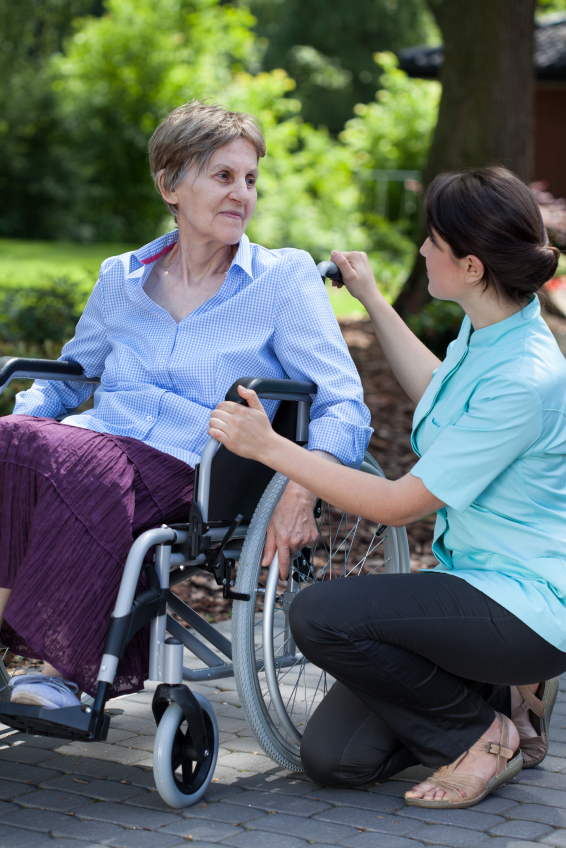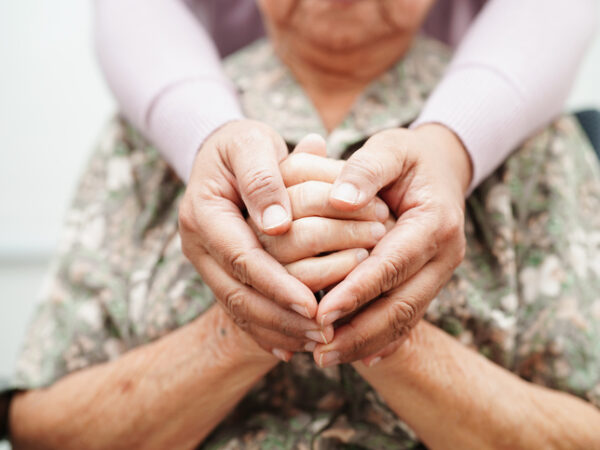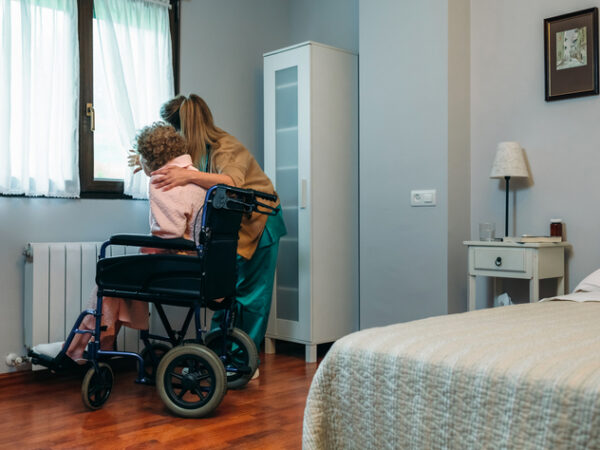Many would argue that the treatment and prevention of pressure ulcers is one of the best ways to evaluate the standard of care in a nursing home. Bedsores that go untreated can be an indication of neglect and may cause not only severe pain but serious health problems which can be life threatening.
Pressure ulcers, sometimes called bedsores, are common among the elderly and those who are immobile due to disability. The damage to the skin and tissue in a localized area is a result of unrelieved pressure on the skin, usually over bony areas such as the elbow, heel, hip, shoulder, back or back of the head. Friction from moving or being moved, especially if the skin is moist can also cause ulcers. Elderly people generally have thinner, more fragile skin than younger adults which makes them more susceptible to developing sores. Ulcers can form quickly and pose serious health risks including infection, sepsis and cancer.
According to the Centers for Disease Control and Prevention, approximately one in ten nursing home residents have a pressure ulcer and those with recent weight loss were at greater risk for developing the painful sores.
In addition to re-positioning patients frequently (at least every two hours) to relieve pressure on one area and keeping residents clean and dry, pressure-relieving support surfaces are also used to prevent the development of ulcers. Higher-rated foam mattresses, alternating pressure support surfaces and medical grade sheepskin are a few of the preventative measures that can reduce the incidence of bedsores.
Caregivers who notice a pressure ulcer beginning to form should seek medical treatment immediately. To learn more about the treatment and prevention of pressure ulcers, talk with your doctor or visit the Mayo Clinic website at: http://www.mayoclinic.org/diseases-conditions/bedsores/basics/definition/con-20030848 .
Where to Buy It?







Add Your Voice
0 Comments
Join the Discussion